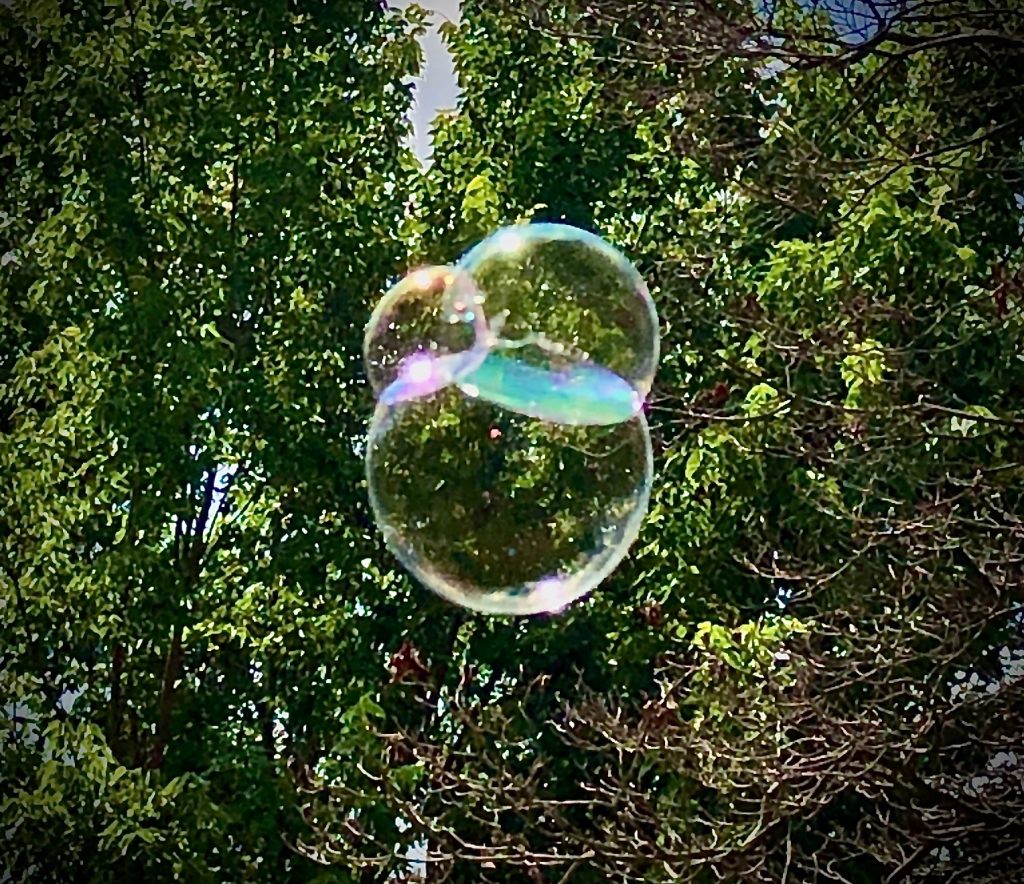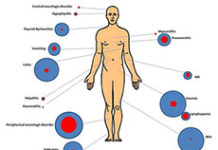
Over the past five months (hard to believe we are five months in to life with COVID), we have had to adapt our way of life completely. From going grocery shopping, to having friends over to visit, to planning family vacations, we have a new set of steps we must go through BEFORE we do things that just a few months ago we never gave a second thought to doing.
I’ve read a lot about “bubbles” and “quaranteams.” This involves a conscious decision by a SMALL group of individuals who DO NOT live in the same household to, on some level, merge their households for social interaction. This has a lot of benefits for mental health. Seeing other folks, people you love and care about, counters the isolation and loneliness so many of us are experiencing. Deciding who can be in your bubble or on your team takes lots of thought, planning, and above all, clear communication about the expectations of all of the participants in the bubble/on the team. If there are folks you are considering for your bubble who are at a higher risk for COVID-19 complications/severe illness, this pre-work is even more important.
So how do I define my bubble?
- Your bubble is your house and anyone who lives in it. Other articles I’ve read also refer to this as your container.
Case # 1: I need work done in my house—or would like my cleaning person to come. Are they in my bubble?
- I would say they are on the surface of your bubble. If you allow them into your home for extended periods of time, without masks and social distancing, then they are IN your bubble.
- Example: I really love my cleaning person and was desperate to have her come. We talked at length about a plan for her to be here that would keep her on the surface of my bubble.
- Time she was in the house was limited.
- Windows and doors open for ventilation.
- She wore a mask and gloves the entire time she was in the house and working.
- I was in a closed separated room the entire time and did not interact with her. If I did need to leave this room, I had a mask on while she was here.
- After she left, I used a disinfecting wipe on high touch surfaces—like door knobs and the stairway railing.
I would say all of these actions kept her on the surface of my bubble. The key was we communicated before her visit about my expectations to keep both of us safe while she was working in my house. And, because the time she was in the house was limited, I’d say she wasn’t in the bubble.
Case #2: What about having family or friends over—my kids need a playdate!
- I think most of the experts would agree, that outside is best for social interactions. You still need to think about social distancing within that outside space, and if you can’t do that, consider wearing masks. I would also consider this type of activity on the surface of the bubble.
- But, as the weather gets cooler, being outside is going to get harder. This is where we are really talking about the melding of bubbles. This is where the hard work begins.
- Everyone involved in the melding of bubbles has to be involved in the process. You need to have open, honest communication about where you have been, whom you have been interacting with, what the rules of the melded bubble will be and what happens if someone breaks the rules.
Example: You and your best friend have been quarantining separately for months. You’ve limited your time outside of your home, are wearing a face covering/mask, washing hands, not eating indoors or going to movies. At your baselines, your risk of COVID exposure is very low.
- You both have two kids, close in age who are friends. It would be beneficial to both families to meld their bubbles so the kids can play, the friends can have “friend time” and all some sense of normalcy.
- But, your friends spouse has returned to work at a large office building downtown. He takes the train back and forth every day. Sometimes they cannot social distance on the train, but they do wear a mask. Not everyone on the train does. Also, they don’t know much about the ventilation system in the office building and the windows cannot be open. They do have a private office with a door they can close.
- In this case, you are melding your bubble not only with your friend and the kids, but also the spouse and everyone they come into contact with on their daily commute and time at the office. And since it is impossible to know all of those person’s activity history, I would consider this a high risk bubble meld.
Case #3: The family vacation
Summer and vacation go together. We have been cooped up for months. We are stir crazy. We need a change of scenery. We need a break from COVID. But, we can’t let our guard down. We have seen many “hot spots” flare in beach communities from Delaware to Florida. So, how can you enjoy some much needed time away with family and keep yourselves safe in your “vacation bubble?” You have to ask questions and plan ahead.
- Where will you be staying?
- What kind of cleaning protocols have the hotel/vacation home/Airbnb put into place?
- Do you need to bring things like linens, pillows, towels?
- How will everyone get there—car? Plane?
- What personal protocols are you putting in place for your vacation bubble to keep everyone safe while you are away? Who is bringing the sanitizer, cleaning supplies, etc.?
- Will I need to quarantine when I return home or when I arrive? Many states are imposing two week quarantine periods if you travel to other “hot spots” in the US. Before you go on your vacation, confirm the rules for the state you are traveling to as well as what you may have to do when you return. This obviously can have a huge impact on employment if you are working outside of the home and expected to return after your vacation. And, most importantly, who is going to be in the vacation bubble. This is especially important if you are sharing a home. This is also the most difficult thing to do as it requires honest, clear communication with each other about what you have been doing to keep safe before, what you will be doing to keep safe while traveling, and what the plans are if someone gets sick while you are away.
To me, all of this represents an enormous amount of extra work we have to do to improve our quality of life while co-existing with COVID. But ultimately, this work and our safety are worth it.
What are some of your tips and trips for your quarantine bubbles?
Coming up, we will feature some blogs on risk assessment and communication about risk.
Stay safe!
Christina Bach is a clinical oncology social worker and the Psychosocial Content Editor at OncoLink. She blogs about coping with cancer, resources available to cancer patients and their caregivers, patient education and therapy dog work. She loves Philly sports, knitting, cooking and spending time with her three rescued beagles, Linus, Huckleberry and Eugene.








